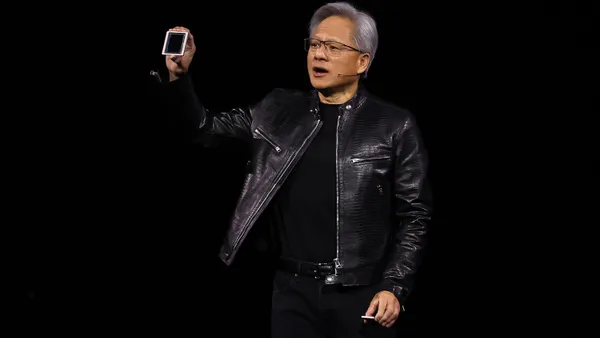Dive Brief:
-
Satya Nadella, CEO of Microsoft, outlined three technologies at the GeekWire summit on Wednesday which he believes are paving his company’s path into the future: mixed reality, artificial intelligence and quantum computing.
-
Microsoft already has mixed reality and AI applications throughout its products and services, but quantum computing is the "holy grail" of tech. As modern computers reach their limits, this technology will be key to solving large computational problems in medicine, the environment and other realms, Nadella said.
- After a decade of work, Microsoft unveiled a new programming language, full Visual Studio integration and a simulator for quantum computing at Microsoft Ignite, Ars Technica reports. The company hopes developers can use these tools to debug quantum programs and inch closer to making the technology a reality.
Dive Insight:
Microsoft is steadily moving itself and its customers up the digital ladder. Support for Windows 10 November Update, Outlook 2007 and Office 2007 ended Thursday, reports VentureBeat, and the company announced it would no longer offer support for Windows phones in August.
The move from older and underutilized products is no significant hit to Microsoft. Though the company remains the No. 2 cloud provider behind AWS, Microsoft is still a primary provider of office software and a strong competitor in software, AI, collaboration platforms and machine learning.
When Nadella joined the company in 2014, he set Microsoft on a "mobile first, cloud first" path, and he has since refocused strategy on "intelligent cloud." He has been the key driver integrating AI throughout Microsoft's products and services, and hopes these efforts will keep Microsoft on the forefront of computing.
Microsoft wants Azure to be the go-to destination for classical and future quantum computing needs. Quantum computing is still at the beginning of its climb on Gartner's hype cycle, somewhere in between human augmentation and brain-computer interfaces — which, surprisingly enough, recently saw a breakthrough of its own.










